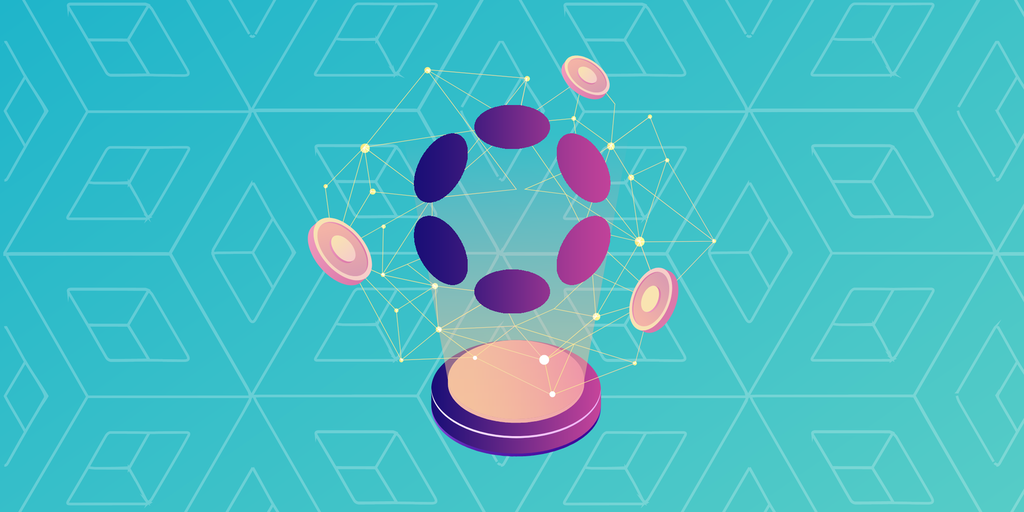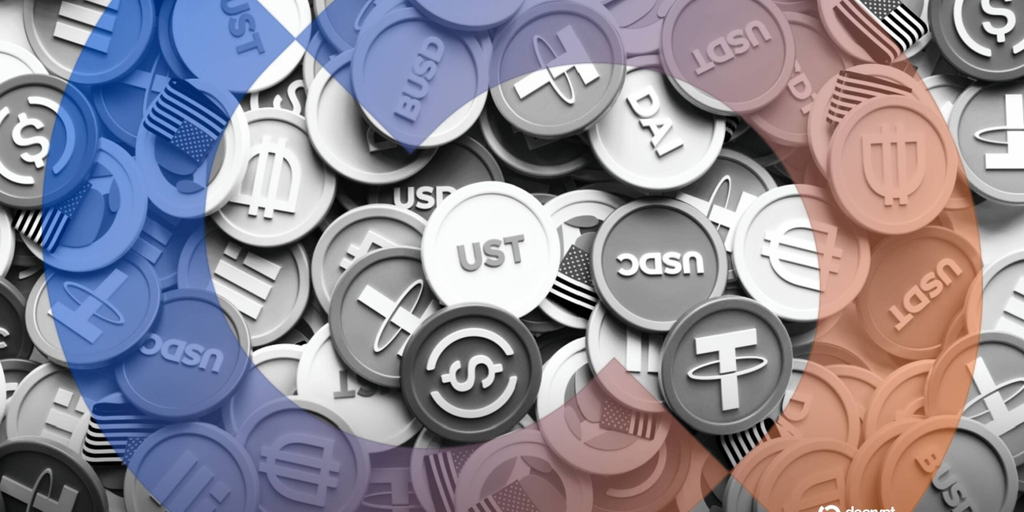Polkadot’s Solution to Scalability
With an ever-growing number of blockchain projects, achieving interoperability and scalability between blockchains is increasingly important. Polkadot’s solution to this challenge is ‘parachains,’ a technical approach to allowing distinct blockchains to scale and work together effectively and safely, leveraging the Polkadot network’s guarantees of security, isolation, and communication.
What are Parachains?
Unlike most other blockchains such as Ethereum, Polkadot isn’t built to have much inherent functionality. Instead, Polkadot acts as a “Relay Chain” on top of which multiple parallel layer-1 blockchains, known as parachains, can be hosted side-by-side.
These different blockchains can be built for specific use cases, and then come together to form an ‘internet of blockchains’. These different blockchains can all natively use Polkadot’s token DOT, as a common currency.
How Do Parachains Work?
By design, the Relay Chain does not support things like smart contracts, dapps, or even the ability to transfer assets. Instead, it works to find a consensus between different parachains performing the more outwardly facing use cases.
This basic layer, which is called a ‘Layer-0 blockchain’, uses a proof-of-stake consensus mechanism, much like Ethereum following its Merge in 2022.
The consensus mechanism uses Blind Assignment for Blockchain Extension (BABE). This is derived from Ouroboros, a protocol created by computer scientist Aggelos Kiayias, which is shared by Cardano.
The Benefits of Parachains
The web of parachains built around Polkadot are able to send not just tokens, but also data between one another. This means developers building around Polkadot can build services that take advantage of multiple distinct parachains, rather than one sole chain.
You could compare this to how countries in the European Union (EU) maintain separate economies but can trade goods, services, and workers freely.
Each separate parachain is free to set its own parameters, including transaction fees, block times, governance mechanism, and mining rewards.
What is the Kusama Network?
A key underlying component of Polkadot’s network of parachains is the Kusama Network. This network acts as a sort of pre-production environment for Polkadot, or a sandbox that allows parachain developers to try out new ideas.
Kusama still shares most of Polkadot’s major design features, but projects on Kusama have much less strict governance. This allows new projects to work out any technical flaws, as to build momentum and a loyal user base.
Kusama is a functioning, independent, ‘real’ blockchain, rather than a ‘testnet’.
How Are Parachains Used?
- Astar: One of the most popular parachains in terms of adoption, Astar incorporates Ethereum Virtual Machine (EVM) WebAssembly, which allows developers to make dapps for applications such as DeFi, NFTs, and DAOs.
- Nodle: This parachain aims to bridge Web3 and the physical world by turning smartphones into edge nodes that interact with sensors and devices in the physical world, using basic iOS and Android apps.
- Moonbeam: A smart contract platform built using the Substrate blockchain framework, which allows developers to build decentralized apps (dapps) using smart contracts, which can integrate with networks such as Ethereum.
Getting a Parachain Started
To earn a place on the Polkadot network, projects need to competitively bid against each other via auctions. These auctions govern which projects get to connect to the Relay Chain and when.
The number of successful places is intentionally kept scarce by the Web3 Foundation, as a means of increasing competition within the ecosystem.
Once a project gains one of these invaluable leases, they last around 96 weeks. On the Kusama sister network, these leases last a maximum of 48 weeks.
These auctions primarily work using ‘crowdloans’. Here, community members support their favorite projects by temporarily locking their tokens down in support of their favored projects.
What’s Next for Parachains?
The Polkadot Relay Chain is set for a major update, which will make significant changes to how the Relay Chain functions.
The upcoming Join-Accumulate Machine (JAM) upgrade would allow Polkadot’s Relay Chain to run more generic “services” including smart contracts; the Relay Chain will continue to support existing Substrate-based parachains.
Conclusion
Parachains have the potential to revolutionize the blockchain industry by providing a scalable, secure, and interoperable platform for various blockchains to operate on. Polkadot’s parachains are one of the most promising solutions to achieving interoperability and scalability between blockchains, with a growing number of parachains already built and being built.
FAQs
What are parachains?
Parachains are parallel, standalone blockchains that can be built and maintained independently, but also connect to a parent blockchain (Relay Chain) to achieve interoperability and scalability.
What is the purpose of the Relay Chain?
The Relay Chain is the base blockchain that allows parachains to connect to, allowing them to share resources and communication between each other.
Can anyone start a parachain?
Yes, anyone can start a parachain by participating in competitive auctions, where projects must bid against each other for the right to connect to the Relay Chain.
How are parachains used?
Parachains are used to create a variety of decentralized applications, from dapps to edge computing nodes, with the potential to revolutionize the blockchain industry as a whole.









